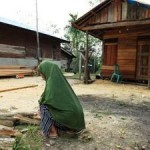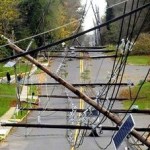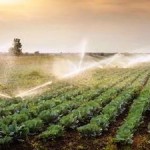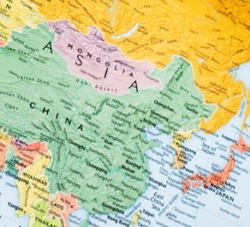- Prioritizing action based on risk. Companies should develop sourcing strategies that prioritize action in sourcing regions of higher risk, such as those associated with water stress, groundwater depletion and/or nutrient pollution, using the maps in this report.
- Joining multi-stakeholder efforts to develop shared metrics and approaches. Companies should consider constructive participation in initiatives such as Field to Market that are providing U.S. corn growers with the tools, information and other resources to improve farming practices.
- Providing value to farmers. Farmers should not be expected to change their practices without incentives and support from others in the value chain. Companies can help growers by providing direct agronomic assistance, performance guarantees and credit, as well as financial support to local and regional organizations that assist farmers.
- When possible, buying less corn. Corn has an inherently higher fertilizer and water use profile than many other crops. For sectors with a heavy reliance on corn such as meat and ethanol, substitute grains with a preferable environmental risk profile may already be available or their production can be encouraged by working with growers to select profitable alternatives.
- Taking public policy positions that support sustainable agriculture. Government policies that mitigate climate change and encourage risk-reducing, environmentally beneficial farming practices and long-term land and water stewardship will lead to more stable commodity prices and resilient agricultural markets. Companies should ensure that their own policy positions, lobbying activities, and industry groups support legislation and regulation that advances those ends.
- Being transparent. Disclose to investors and stakeholders the company’s exposure to climate and water-related risks in its agricultural supply chain, as well strategies and progress toward mitigating these risks.
The report includes four interactive maps and infographics showing corn production and ethanol plants relative to regions of water stress, groundwater depletion and nitrogen pollution: www.ceres.org/cornmaps.
Click here to read/download the Full Report.
Source: Ceres.
About Ceres
Ceres is an advocate for sustainability leadership. Ceres mobilizes a powerful coalition of investors, companies and public interest groups to accelerate and expand the adoption of sustainable business practices and solutions to build a healthy global economy. Ceres directs the Investor Network on Climate Risk (INCR), a network of over 100 institutional investors with collective assets totalling more than $12 trillion. Ceres also directs Business for Innovative Climate and Energy Policy (BICEP), an advocacy coalition of nearly 30 businesses committed to working with policy makers to pass meaningful energy and climate legislation. For more information, visit www.ceres.org.















